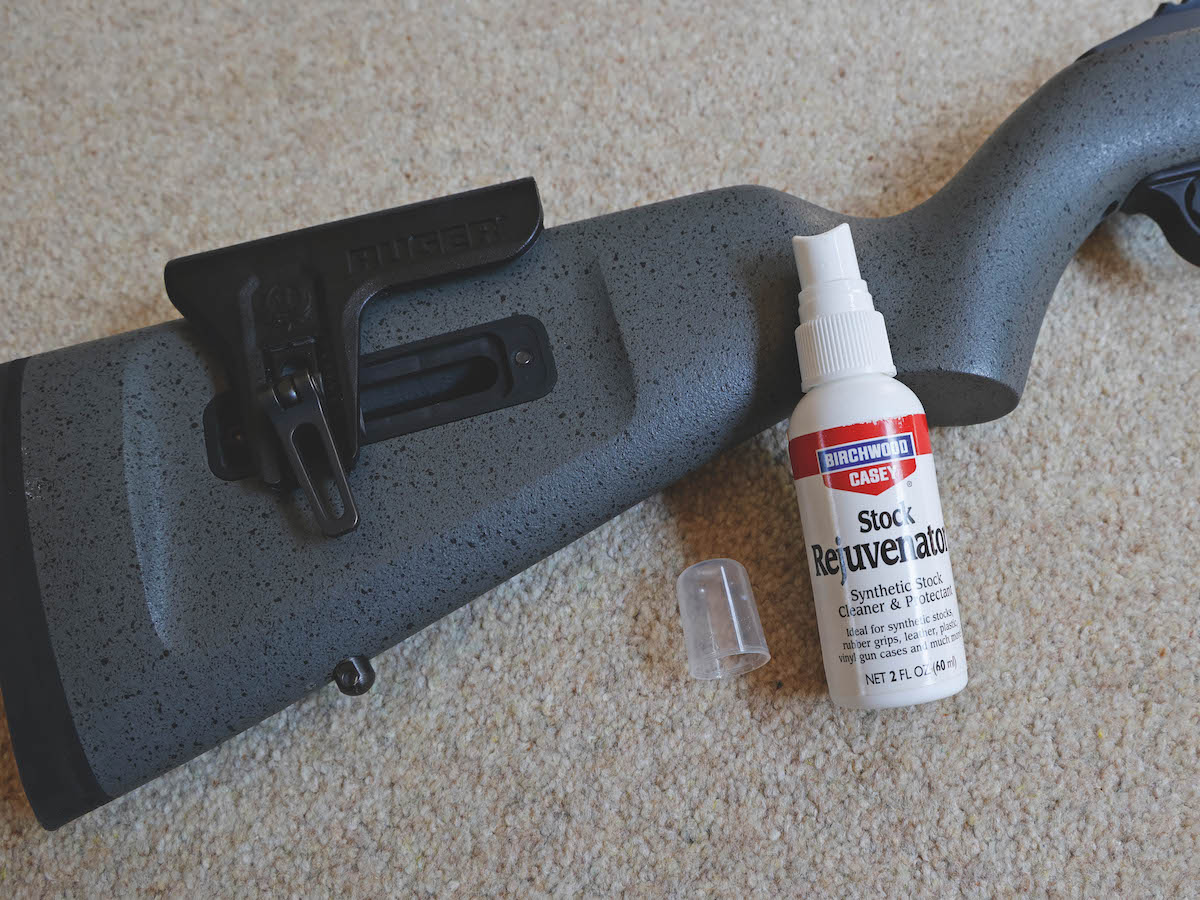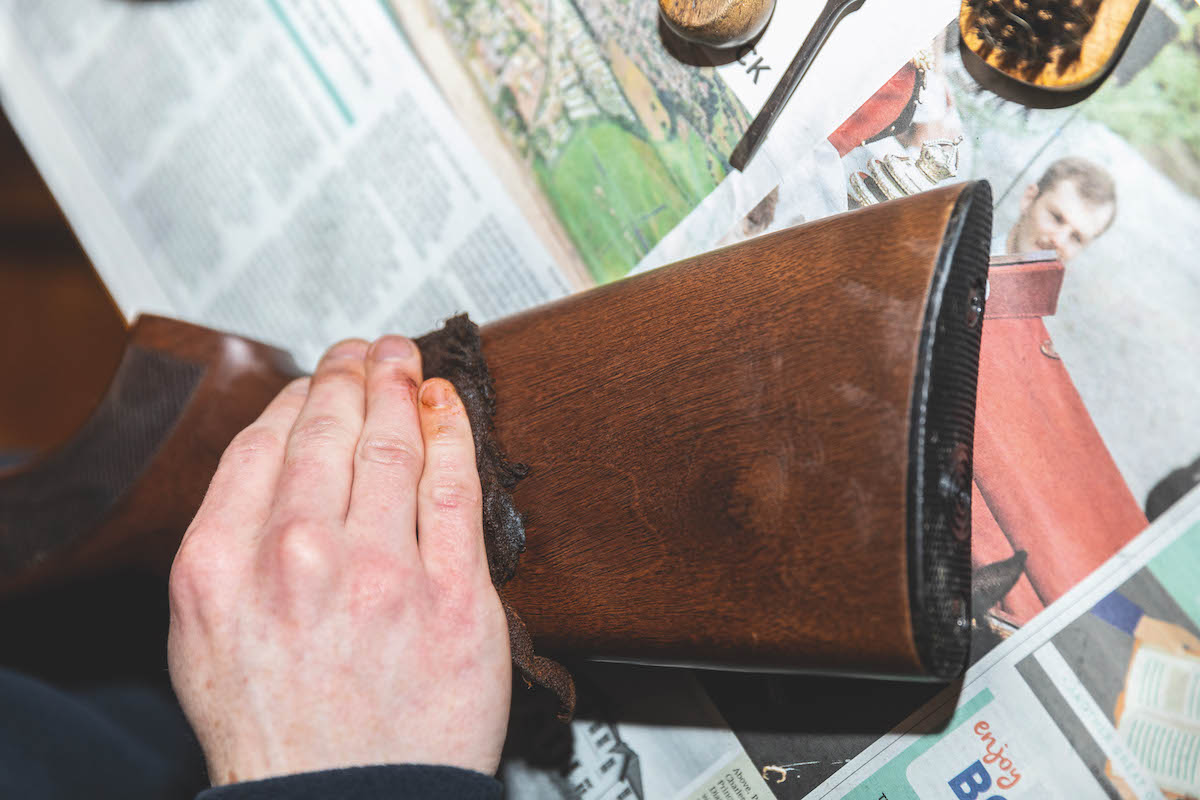How dry-firing can potentially damage your airgun
There’s no better way to seriously damage your spring-powered airgun other than dry-firing it, as Jonathan Young explains
Firing a gun with no projectile loaded is referred to as dry-firing. Some guns can be dry-fired, but some cannot. But why would somebody want to do this? Well, rifle and pistol shooters wanting to practise their trigger control is one very good reason, saving expensive ammo at the same time. And that’s fine for centrefire shooters. When the firing pin hits the primer in the base of a live round, it detonates into the main powder charge within the case.
The spent case may either then be discarded, or reformed and used to make another live round in a process known as reloading. But even with cartridge guns, dry-firing can be problematic – that’s why snap caps were invented to prevent damage to the firing pin. But what about airgun shooting?
Many shooters, including yours truly, dry-fire CO2 airguns and PCPs. Unloaded, but filled with gas or compressed air, the valve is pressurised, and when the hammer hits the base of the valve stem, it forces the valve open, although it’s under strong resistance from the valve stem spring inside. Having no pellet in the barrel means the gas simply vents out.
At the very least, firing an un-gassed airgun without any valve resistance means the valve stem spring will be facing increased force. This sensibly indicates a weakened spring will be the result. It’s really quite easy to reseal a CO2 pistol, but it’s a fiddle and it always seems to take forever. Why create unnecessary work for yourself?

Dry-firing will put excessive strain on the internals of a springer, and that can eventually result in parts failure such as a broken piston
How does dry-firing work?
Those airguns with a simple knock-open valve may not suffer any problems. A Schimel pellet-firing CO2 pistol or a simple pump-up air rifle like the B45-3 both have these much simpler mechanisms and also in effect self-cock too. I recall dry-firing my Daisy pneumatic single-stroke air pistol on many occasions in a club.
But spring airguns are a different kettle of fish. By default, this includes those converted or designed to be used with gas-ram pistons. Whether the gun is a pistol or rifle, or a break-barrel or fixed-barrel lever, any springer operates by generating air pressure by the force of a moving piston. It makes no difference if this is achieved by a spring or a ram unit.

You may get away with it for a while – and most of us have unintentionally dry-fired by accident – but parts like this may eventually end up broken
When uncocked, the piston and its seal will be pressed up against the end of the cylinder tube. This is where the transfer port lies, and on firing the gun the air will rush through this hole. On cocking, the piston is drawn back, creating an area of air now ahead of it. This length of the spring cylinder, perhaps say 2in long, can be measured internally for the volume of air it holds. This is referred to as the swept volume. Pro and amateur tuners go mad over how to alter and hone this.
On release, the piston flies forward and this volume of air is condensed and compressed. This lump of air is now so dense that it slows the piston. Perhaps it is this that causes some owners to think they can dry-fire their gun repeatedly without damage. The buffering effect dissipates as the air passes through to the loaded barrel, and the piston comes to a stop in the rest position as the pellet moves up the barrel. The recoil thump that we feel is the double action of the piston’s movement on its release before coming to a stop.

It’s not just the piston and seal that can suffer – this is what happened to a mainspring after the gun was dry-fired one too many times
Engine failure
Although this is a violent process, the firing cycle is a delicate equation involving a number of events that occur within microseconds. Without a pellet present, this cycle is changed dramatically. The result? There is less, little or no compression. BANG! As the piston slams into the end wall, this can cause total airgun failure.
Think of it like this: in an action movie. a car is set to roll out of a cargo plane flying five miles up. With a parachute harness the car will float down to a controlled landing. Without it? Slam! Perhaps that’s why Weihrauch springers have parachute seals? Personally, it’s mystery why a tiny lump of lead can have such an impact on the performance of the piston, but that’s one of the quirks of a springer.

Dry-firing is one sure way to speed up the need to source and fit new parts, and that means time and money
People who dry-fire a springer may have never opened an airgun to look inside. If present, the first things to go are the finely engineered threads on the piston and seal assembly. If the airgun is modern it may have a press-fit seal, but this can split, meaning a reseal.
The latch rod may break free or possibly the piston may crack. If an air rifle has been pressed to the cheek on firing, a quick trip to the dentist may be needed as your fillings can drop out onto the floor like marbles.
Manufacturers may build in some leeway to compensate for people dry-firing their airguns, but that’s only to allow for the ‘idiot factor’. Let’s face it, many of us have accidentally let off a springer without a pellet in the breech! But as for dry-firing a springer as a matter of course? Just say no.

What looks like a curly piece of wire was once part of some carefully machined threads on a vintage BSA air rifle








